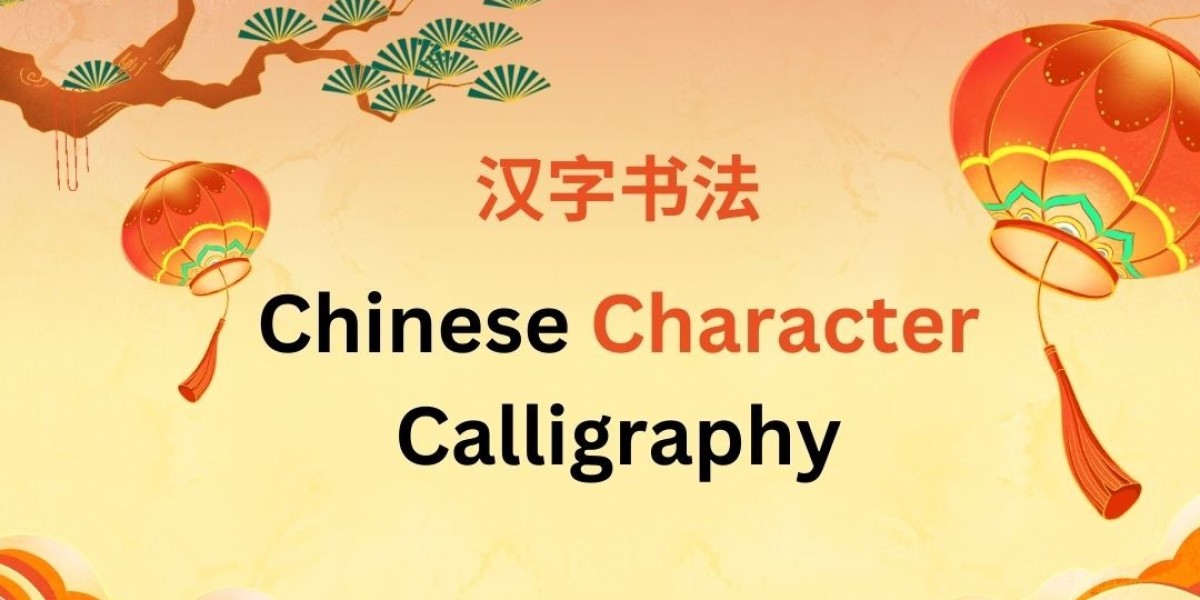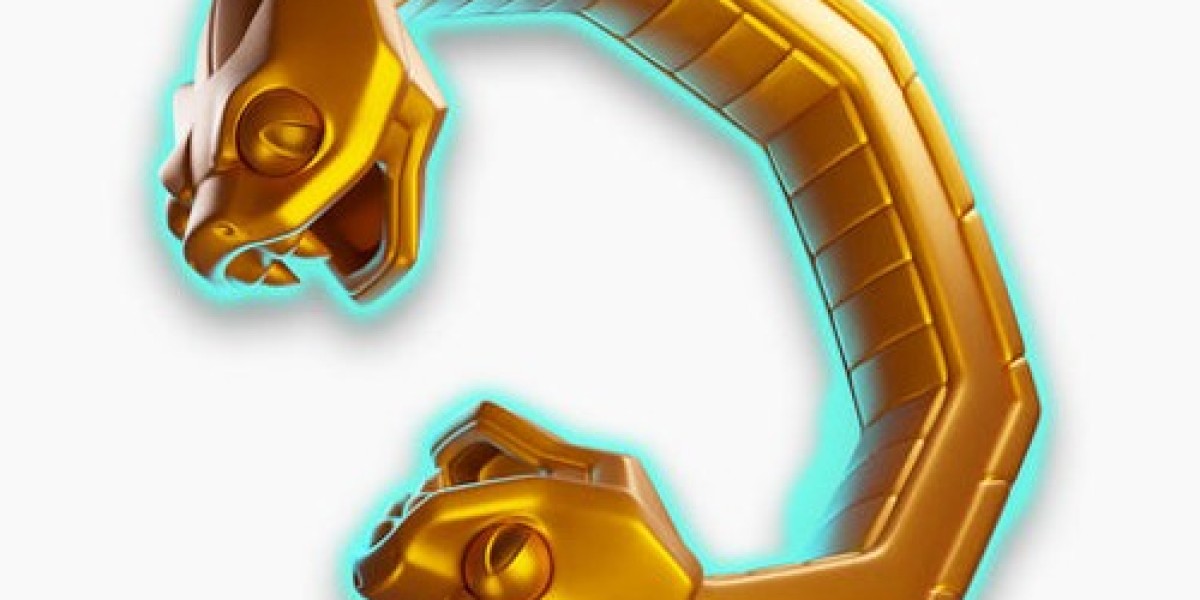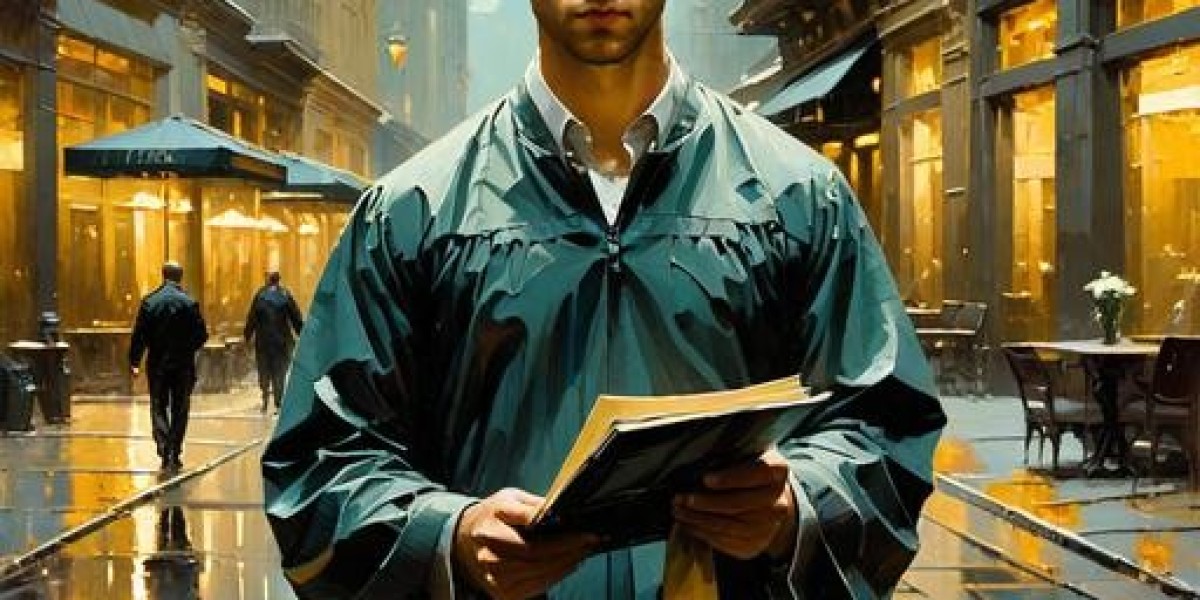Chinese character calligraphy is the artistic expression of writing Chinese characters using brush and ink. Rooted in over 3,000 years of history, it combines visual art with literary tradition, making it a cornerstone of Chinese cultural identity. Calligraphy goes beyond communication—each stroke reflects philosophy, aesthetics, and the artist’s inner world.
Historical Origins of Chinese Character Calligraphy
| Dynasty | Contribution to Calligraphy | Notable Styles |
|---|---|---|
| Shang (1600–1046 BCE) | Oracle bone script | Jiaguwen |
| Han (206 BCE–220 CE) | Standardization and refinement | Clerical script (Lishu) |
| Tang (618–907 CE) | Peak of artistic development | Regular script (Kaishu) |
| Song (960–1279 CE) | Personal expression emerged | Running script (Xingshu) |
| Yuan to Qing (1271–1912) | Diversification and revival | Cursive script (Caoshu) |
The progression from pictographic to abstract forms of characters mirrors Chinese society's philosophical, social, and artistic evolution.
Core Elements of Chinese Calligraphy
Brush: Typically made from animal hair, varying in stiffness for different effects.
Ink: Black ink made from soot and animal glue, ground on an ink stone.
Paper or Silk: Traditional rice paper or silk surfaces for smooth application.
Strokes: Horizontal (横), vertical (竖), dot (点), hook (钩), and more.
Each character is constructed through a balanced and intentional combination of strokes that must be precisely executed.
Calligraphy Styles Explained
1. Seal Script (篆书 - Zhuànshū)
Used in early dynasties, often for official seals and inscriptions.
Recognized by its symmetry and curvilinear forms.
2. Clerical Script (隶书 - Lìshū)
Introduced in the Han dynasty for administrative documentation.
Wider strokes, clear structure, easy readability.
3. Regular Script (楷书 - Kǎishū)
Most standardized and legible form.
Used in formal documentation and teaching calligraphy.
4. Running Script (行书 - Xíngshū)
A semi-cursive style ideal for daily writing.
Balances beauty with speed.
5. Cursive Script (草书 - Cǎoshū)
Highly expressive and fluid.
Often abstract and hard to read without training.
Why Calligraphy Still Matters Today
Educational Value: Teaches discipline, focus, and Chinese language structure.
Cultural Connection: Maintains heritage and ancestral knowledge.
Therapeutic Practice: Studies suggest it improves mental well-being and mindfulness.
Decorative Art: Calligraphy pieces are central in modern Chinese interior design.
Common Questions About Chinese Calligraphy
Q1: Is Chinese calligraphy hard to learn?
A1: It requires patience and consistent practice. Beginners start with basic strokes and standard scripts like Kaishu before exploring expressive styles.
Q2: What is the difference between calligraphy and handwriting in Chinese?
A2: Handwriting focuses on speed and functionality; calligraphy emphasizes aesthetics, rhythm, and emotion.
Q3: Can you practice calligraphy digitally?
A3: Yes, apps and stylus-based devices allow for digital calligraphy, although traditional methods remain essential for mastering brush control.
Q4: How is calligraphy used in modern China?
A4: It's integrated into branding, education, and art therapy. During festivals, handwritten couplets and scrolls are still widely used.
Tips for Beginners: Starting Your Calligraphy Journey
Use Gridded Paper: It helps with proportion and alignment.
Repeat Basic Strokes: Practice one stroke 100 times before combining into characters.
Study Masters: Observe works by Wang Xizhi, Yan Zhenqing, and Ouyang Xun.
Learn Stroke Order Rules: Follow traditional stroke sequences to ensure proper character formation.
Recommended Practice Routine (Weekly Plan)
| Day | Focus | Duration |
|---|---|---|
| Monday | Stroke practice | 30 mins |
| Tuesday | Character repetition | 45 mins |
| Wednesday | Style imitation | 30 mins |
| Thursday | Freeform practice | 40 mins |
| Friday | Ink technique | 30 mins |
| Saturday | Script study (Kaishu/Xingshu) | 1 hour |
| Sunday | Review and showcase work | 30 mins |
Chinese Calligraphy in Global Context
Chinese calligraphy has influenced neighboring cultures such as Japanese Shodo and Korean Seoye. It’s now taught in art institutions worldwide and showcased in global galleries, reinforcing its status as an international art form.
Final Thought
Chinese character calligraphy is not only a visual celebration of written language but also a discipline that ties together the intellect, emotion, and spirit. Whether you’re studying Chinese culture or seeking a meditative creative outlet, the journey through calligraphy opens a door to timeless tradition and mindful artistry.







